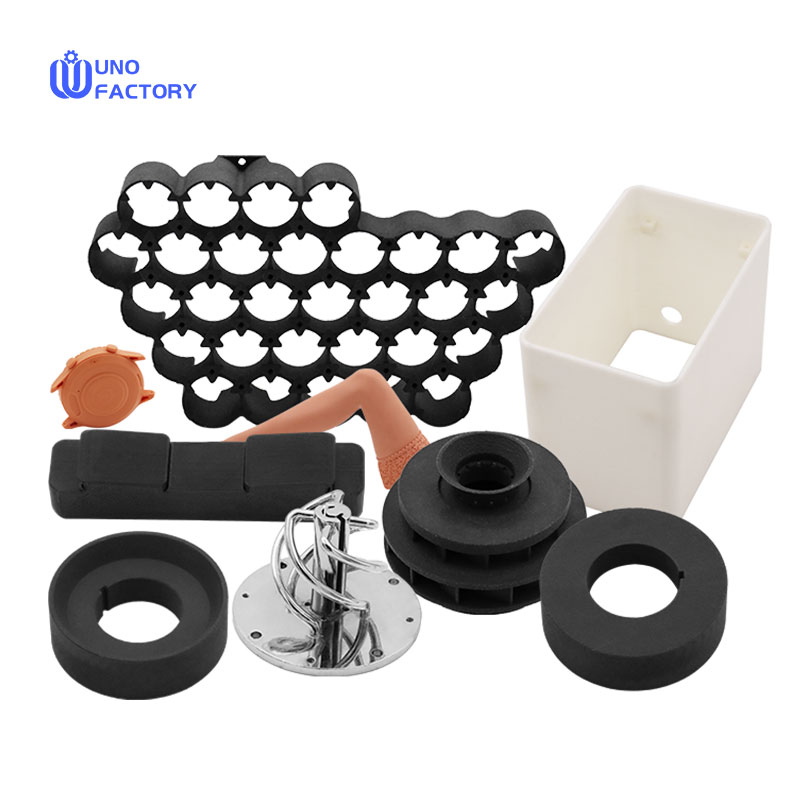Time to read: 6 min

Discover how 3D prototyping is streamlining the product development process, offering unparalleled design flexibility, cost-efficiency, and time-saving advantages that are propelling industries towards faster innovation and market readiness.
The advent of 3D prototyping has revolutionized the way products are designed and manufactured. This cutting-edge technology allows for the rapid creation of functional prototypes, enabling businesses to iterate designs quickly and cost-effectively. This article explores the essence of 3D prototyping, its benefits, the process involved, and how to leverage this technology for your next product development project.
Understanding 3D Prototyping: 3D prototyping, an additive manufacturing process, constructs objects by depositing material layer by layer, based on digital models. This method stands in contrast to traditional subtractive manufacturing, which removes material to shape a product. The process is not only more material-efficient but also opens up a realm of design possibilities that were previously unattainable.
Advantages of 3D Prototyping: The benefits of 3D prototyping are manifold, offering design flexibility, cost savings, and time efficiency. It allows for the creation of complex geometries, multi-material objects, and rapid iteration, which is invaluable for product development. The technology also minimizes material waste and eliminates the need for extensive tooling, further driving down costs.
The Prototyping Process: The journey from concept to prototype involves several stages, starting with CAD design, followed by digital pre-processing or slicing, the actual 3D printing, and finally, inspection and testing. Each step is critical and requires careful consideration to ensure the final prototype meets the desired specifications.
Selecting the Right Materials and Technologies: With a variety of 3D printing materials and technologies available, the choice depends on the specific requirements of the project. Factors such as material cost, accuracy, mechanical properties, and design guidelines must be considered. Common materials include Nylon PA12, Multi Jet Fusion PA12, Prototyping Resin, PLA, and TPU, each with its unique properties and ideal applications.
3D Printing Services: Partnering with a proficient 3D printing service like can elevate your prototyping project. With access to a range of 3D printing technologies and materials, ensures that your prototypes are of the highest quality, delivered within tight deadlines, and at competitive prices.
Considerations Before 3D Prototyping: Before embarking on a 3D prototyping project, consider the application of the product, the 3D printing technology that best suits your needs, the file formats required for printing, and the material that will bring your design to life.
Conclusion: 3D prototyping is a powerful tool in the product development toolkit, offering a faster route to market, reduced costs, and the ability to test and refine designs with ease. By choosing the right partner and considering all the factors involved, businesses can leverage 3D prototyping to bring innovative products to life.
3D prototyping, rapid product development, additive manufacturing, design flexibility, cost-efficiency, prototyping process, 3D printing materials, 3D printing services, product innovation




